Los Angeles Riot: How the most destructive uprising in US History took place
Categories: Conflict | North America | World
By Pictolic https://pictolic.com/article/los-angeles-riot-how-the-most-destructive-uprising-in-us-history-took-place.htmlOn April 29, 1992, the Los Angeles Riot began in the States, mass riots that resulted in the death of 53 people and $1 billion in damage. How the "black revolution" took place, which became the most destructive uprising in American history, read in our material.
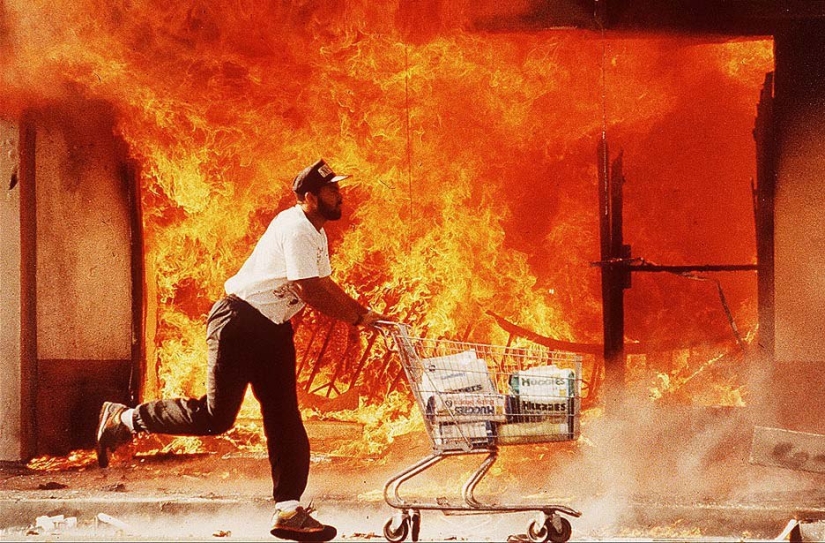
The Los Angeles Riot began on April 29 and ended on May 4, 1992. During the riots, firearms and edged weapons were actively used, as well as homemade incendiary bombs, which led to the death of 53 and the injury of several hundred people. The history of the country has known more bloody massacres, but there has never been so much destruction. Experts estimated the damage from the riots at $1 billion, which made the riot the most expensive for the US economy.
Like many serious uprisings, well-known stories, the Los Angeles riot began with a trifle. On April 29, 1992, a jury acquitted four policemen accused of beating a black driver for speeding and resisting police, which occurred on March 3, 1991.
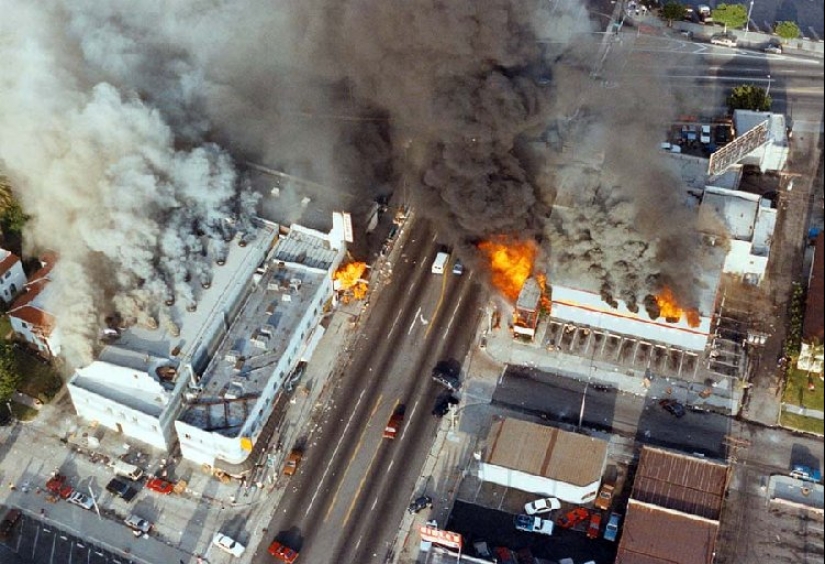
Also, many believe that there was another reason for the anger of the black population of the city. Almost simultaneously with the cops, one of the city's courts actually acquitted a Korean-American Sunn Ya Doo, who shot a 15-year-old black robber Latasha Harlins in her store. The owner of the store received only 5 years probation, for exceeding the necessary self-defense.
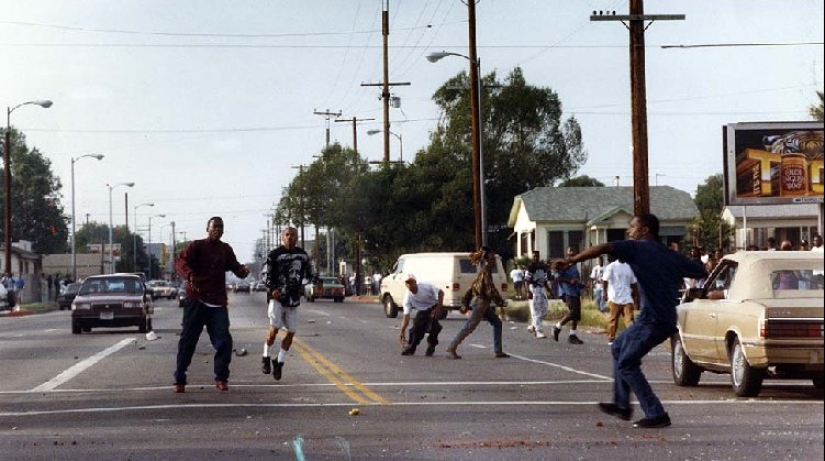
Court decisions led to the fact that thousands of African-Americans in Los Angeles came out to demonstrate to protest the unfair decision. Rallies and marches gradually turned into riots and pogroms, which were actively instigated by members of urban criminal groups. The criminal authorities of the City of Angels realized that they had a great opportunity to solve their cases "under the guise" and they did not miss their chance.

Basically, the riots were racially colored and soon covered not only traditionally "black" neighborhoods, but also areas where Latinos lived locally. The main target of the rioters were whites and Asians, as well as their property. Basically, there was a robbery of shops and houses, as well as their arson and destruction. More than 5,5 thousand buildings in LA and its suburbs were damaged, and thousands of cars were burned. $100 million worth of goods were taken out of the stores.
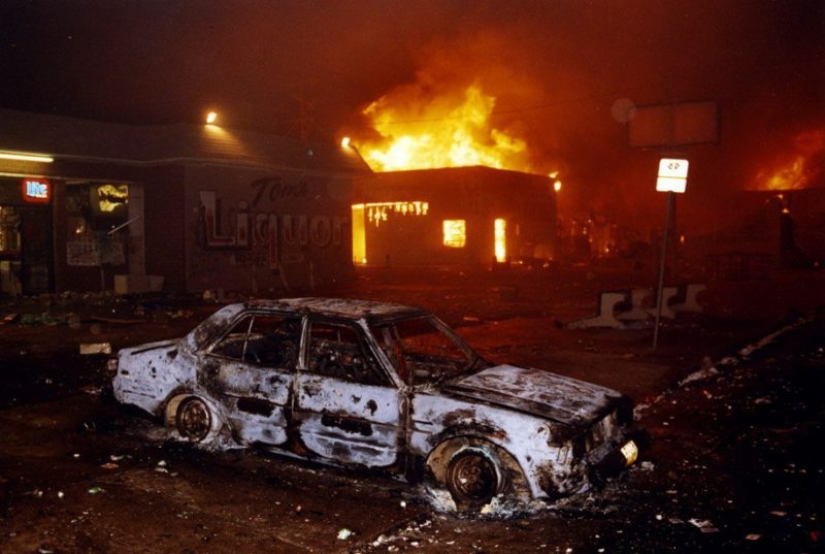
For the first two days of the uprising, the police were at a loss and almost did not take active measures to pacify the rioters. The only visible action was the installation of fences around the places of unrest and the introduction of control over the movement of people in these zones. This led to the fact that on April 29 and 30, almost a third of the city was at the disposal of criminals.
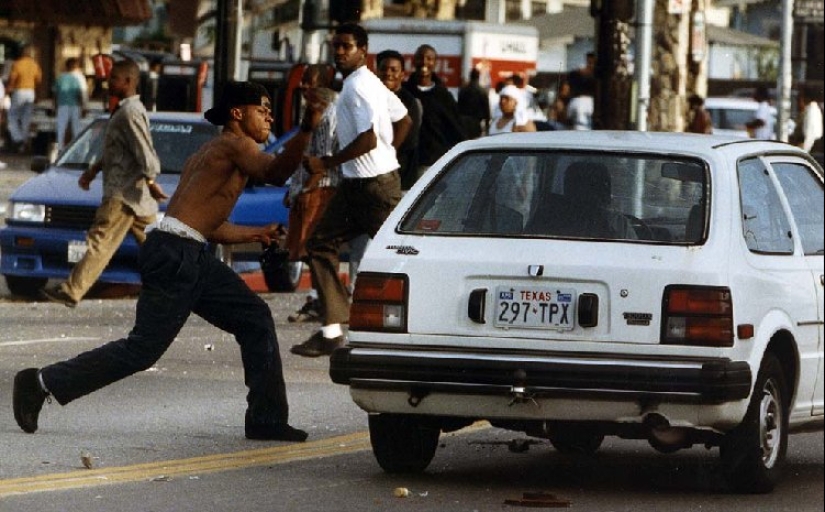
The rebels' audacity was boundless — they even dared to attack the Los Angeles police headquarters, but the cops, fortunately, withstood the siege and did not allow the rioters to take possession of weapons. Whites left the rioting neighborhoods en masse, leaving their property.
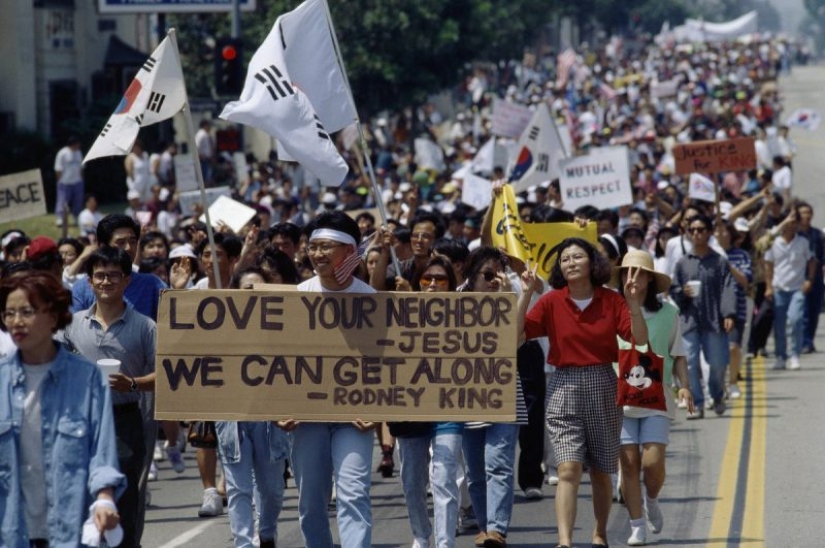
But the Korean diaspora, against which the anger of the blacks was also directed, was able to organize a worthy rebuff to the rioters. The Koreans split into 10-12 mobile groups of 10-15 people each, armed themselves with small arms and hunting weapons and began systematically destroying the attackers.
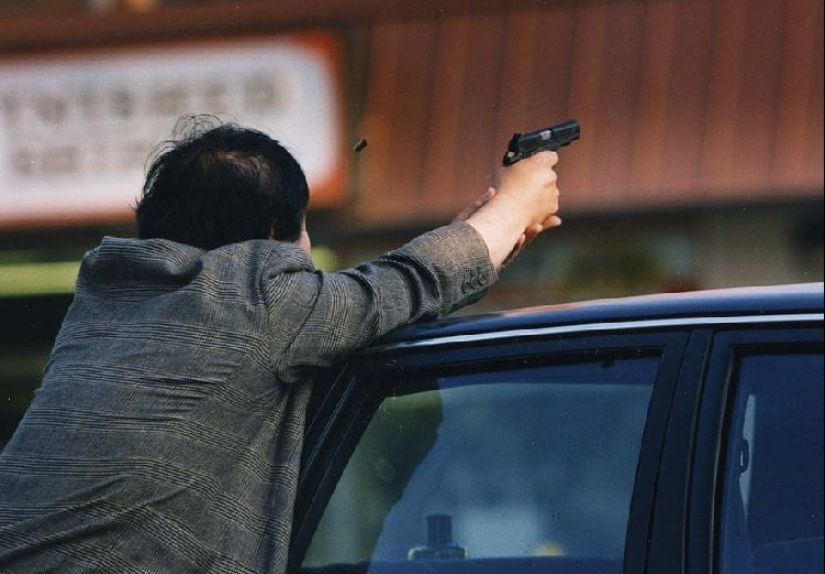
Also, some Koreans barricaded themselves in houses and shops, protecting their homes and property. We can safely say that it was the unity of Asian immigrants that helped stop the riots, preventing them from spreading to all areas of the huge city.
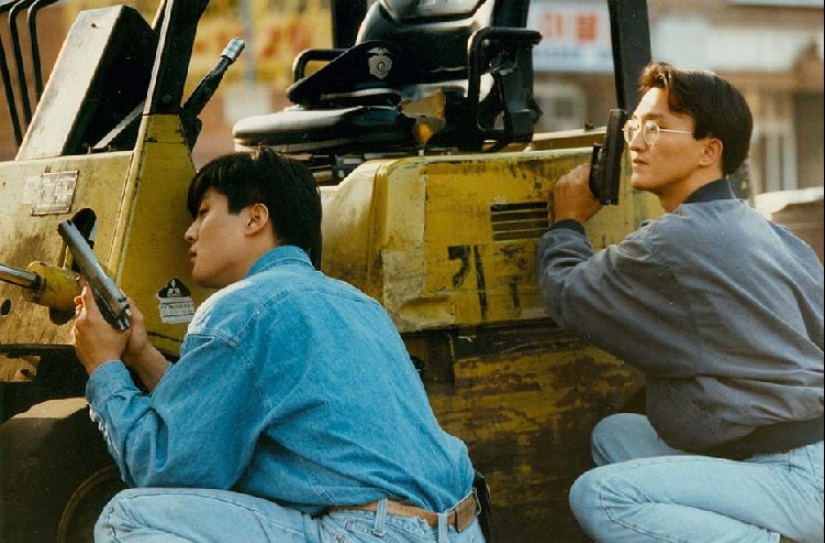
On May 1, the authorities finally began to act. About 10,000 National guardsmen, more than 3,000 military personnel and 1,000 FBI agents arrived in the city. Armored vehicles and helicopters were also connected to the sweeps. The suppression of the riot formally ended on May 3, but separate outbreaks of unrest were noted until May 6.
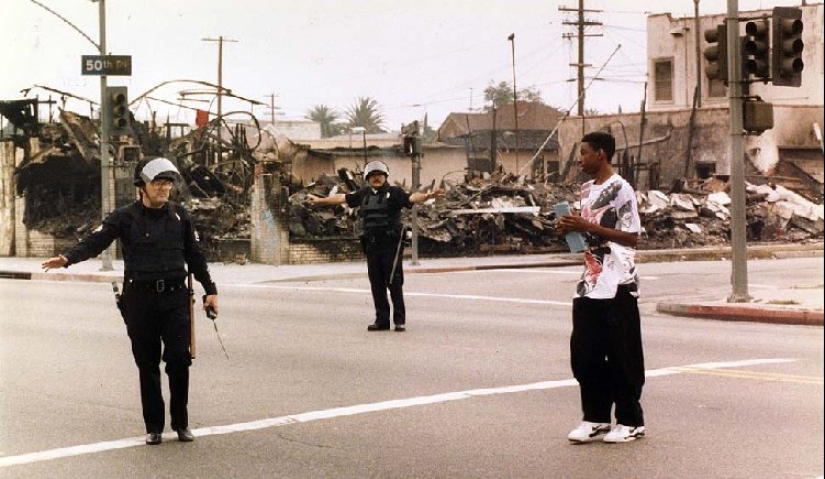
During the pacification of the uprising, 11 thousand rioters were arrested, half of whom were black, and half were Latin Americans. Not a single Asian was detained during the suppression of the rebellion. Although 53 deaths were officially announced, some sources say that more than 150 were killed.
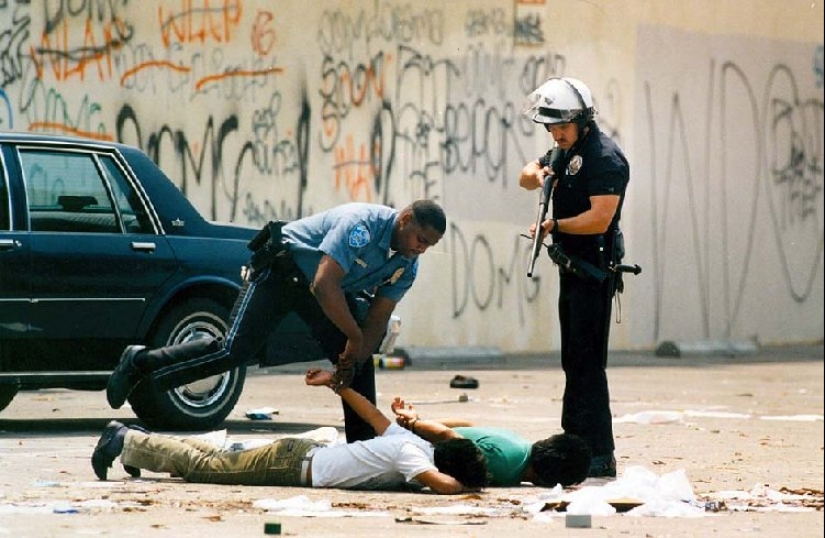
Many participants in the Los Angeles riot received serious prison sentences. It is known that several hundred of them are still serving sentences ranging from 25 years to life imprisonment.
Recent articles

Ready to let out your wildest fantasies? View that creates American digital artist Konzhe Marcus (Marcus Conge), which connects the ...

Tatiana Gavrilova, better known by her creative pseudonym TanikoGa— is a Russian artist from Shlisselburg who loves cats and ...

Among the indigenous people of New Zealand, the Maori, tattoos were an integral part of their culture. All representatives of this ...